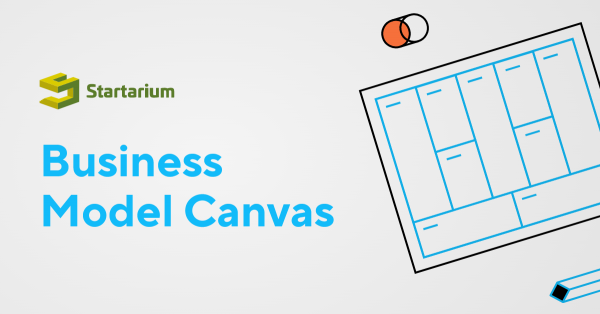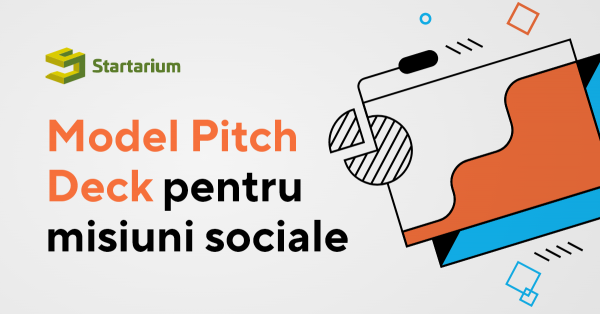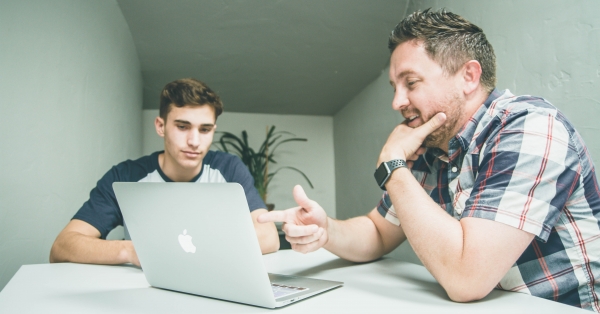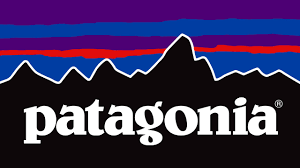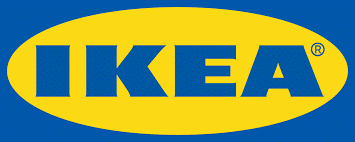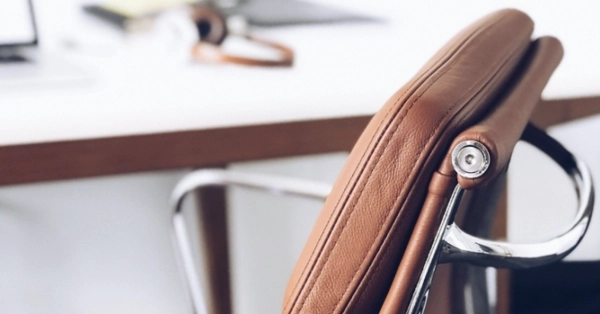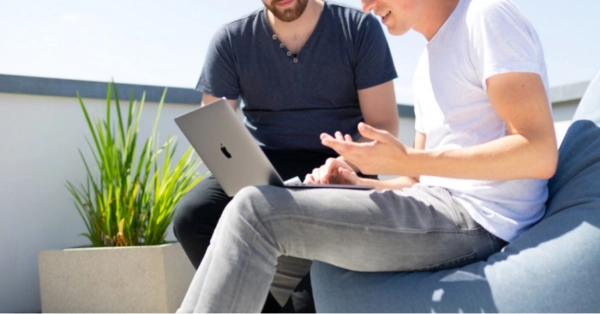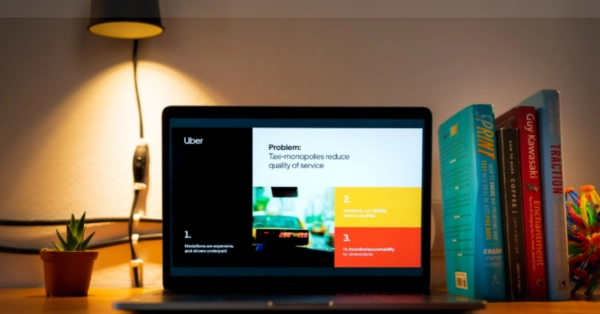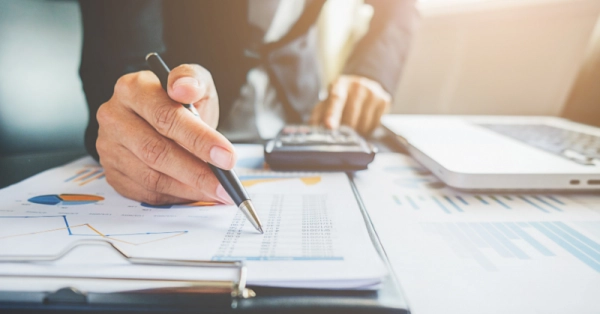You can also make a positive impact through your business! Take a moment to think of ways your business can contribute to making a positive impact in your community. Think of initiatives you can take to be more sustainable, for example, how can you reduce your waste or use reusable packaging in your products.

Let’s now see examples of a few companies that are embracing sustainability and setting up ambitious goals.
Patagonia
Patagonia has been built around a philosophy of making the best products, causing no harm to the environment, and using profits to implement solutions to environmental crises. The organization is now a recognized icon in environmental protection, social activism, and sustainable practices
Patagonia has used a Triple Bottom Line framework for a long time and here is how has targeted each dimension:
Planet: Patagonia’s goal is to make quality apparel that does not harm the environment. This goal lead them to:
- Start producing clothes from recycled plastic bottles in 1993.
- In 1994, Patagonia became aware that 25% of all toxic pesticides in the farming industry were coming from the growth of cotton, so despite increasing their costs by 50-100% in some cases, they switched to organic cotton and made their clothes more expensive as a result.
- They have also been known to stop working with suppliers with inhumane practices against animals.
- They practice Circular Economy, encouraging consumers to think if they really need to buy clothes. Through their famous ad “Don’t Buy This Jacket” in 2016 they furthered this by donating 100% of their global retail sales to non profits working on environmental issues.
- In 1985 Yvon Chouinard (the founder of Patagonia) and his partner, Craig Matthews started 1% for the Planet.
- Patagonia founded an investment fund in 1993 to invest in companies working on renewable energy solutions, regenerative agriculture, conserving water, eliminating waste, and creating sustainable materials.
- Yvon has also partnered with many organizations including; The Conservation Alliance, The Sustainable Apparel Coalition, The Fair Labor Association, Regenerative Organic product labeling, The Common Threads Initiative, B Corporation, American Sustainable Business Council.
People: Patagonia has long since been an advocate of work/life balance, and the main ideas of this are expressed in Yvon’s book title “Let My People Go Surfing”. The organization has worked towards improving the lives of employees and as a result have a very low turnover. Here are some initiatives they have implemented:
- Patagonia let its employees go surfing when the weather is good, or they can also go for a bike ride or a rock climb promoting health and wellbeing
- Opening child care centers for their employees
- Allowing flexible hours, however, they do shut the doors of the building at 8 pm and on the weekends to ensure employees are not working late and missing important time with family and friends.
- They offer 2-month parental leave for parents
- Cover 100% of employees health insurance costs (These costs in the United States are very high)
- Ensure their supply chain is also treating workers fairly, and have discontinued working with suppliers that do not, and in 2010 it audited 90% of its supply chain to ensure environmental and social commitments of their suppliers.
- Patagonia is also a founding member of the Fair Trade Association
Profit: The media has reported that the more Patagonia rejects consumerism, the more the brand sells. Patagonia revenue increased from $800 million in 2016 to $1 billion in 2017, a (25.0%) increase.
IKEA
IKEA published its goals for 2030 focusing on three main areas under what it called “planet and people positive” when where; healthy and sustainable living, circular and climate positive, and fair and equal. This is an example of a business that can make a big impact if it can reach its goals as it currently uses1% of the global production of woods and cotton. Here are some ways in which are planning to make a change in each area of TBL:
Planet
In 2016 Ikea started to recycle waste material using old materials to make new top-selling products, the business to date has achieved 60% renewable materials and 10% recycled materials.
The company pledged to use 100% renewable or recyclable materials by 2030, investing in Morssinkhof Rymoplast, a plastic recycling plant in the Netherlands in 2017 to help them reach this goal.
Launched a buy-back scheme for their old products in order to help them on their journey to becoming a circular business and eliminate waste.
Invested in R&D in partnership with H&M to develop a new textile fiber based on cellulose from wood that they called TreeToTextile. The aim is to complement or replace, both cotton and oil-based fabrics like nylon or polyester.
Ikea has set a goal to be powered by 100% clean energy and has started to invest in solar panel installation on its warehouses
They also aim to transition their delivery fleet to 100% zero emissions by 2025 and have already started to invest in an electric vehicle roll-out plan.
Aim to prolong the life of its products and send zero waste to landfills via their buyback plans and offering product life extension
100% commitment to sustainable cotton and since September 1, 2015, the company claims that all the cotton used for IKEA products comes from more sustainable sources.
People
Aim to inspire 1 billion people to live healthier sustainable lives within the boundaries of the planet, which they aim to do via the product range they offer
Ensuring international labor standards are met for all its workers through its supply chain both direct and indirect, implementing IWAY standard 6 in September 2020.
Profit
Ikea’s annual revenue was 36.9 billion Euros in 2020, while revenue has previously been the top priority for Ikea shifts in its investments and use of the company profits is starting to show its commitment to the other two bottom lines in People and Planet, such as its reinvested those profits into waste materials recycling in 2016, increased investment in R&D to find more sustainable materials and its investment into renewable energy and transitioning its fleet to 100% electric.









